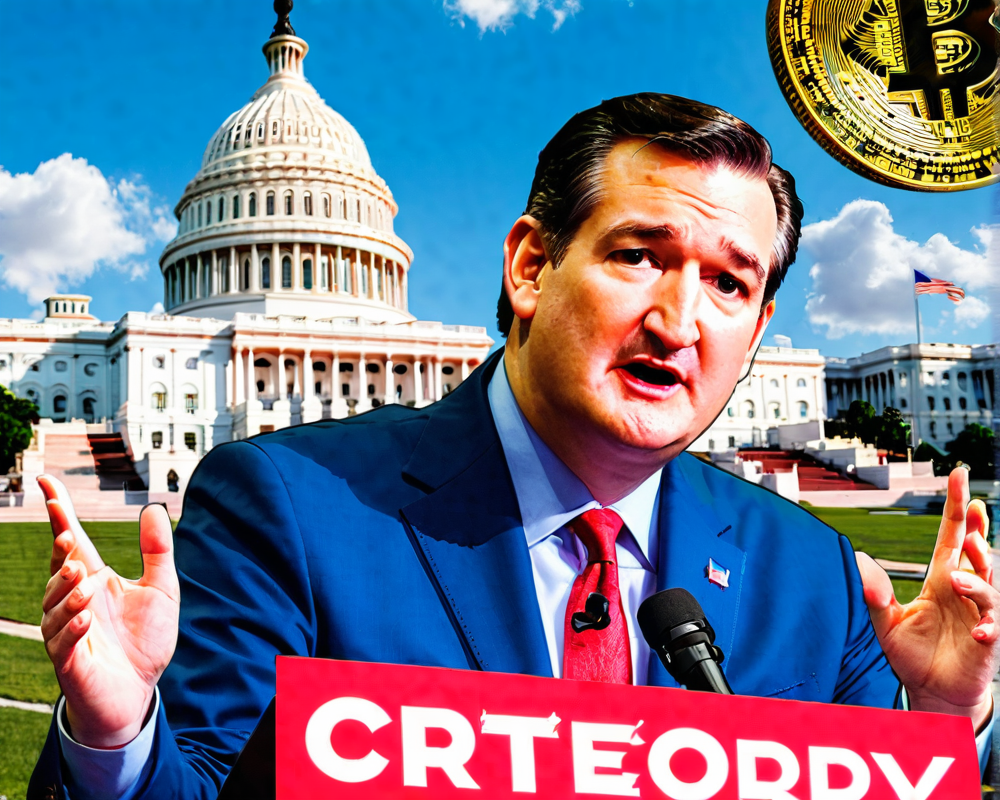Bitcoin’s Moment of Truth: Core’s Decline and Unlimited’s Rise
In a turning tide for Bitcoin, for the first time, Core blocks mined have dropped below 90%. This pivotal moment may set the stage for a hard fork, and Bitcoin Unlimited is rapidly gaining traction, nearing 10% of Bitcoin blocks mined.
The Ghosts of Block Size Past
We’ve seen this movie before, and it typically ends with extreme dissatisfaction. Past attempts at increasing the block size limit, like Bitcoin Classic, peaked dramatically at 70 blocks per 1,000 before plummeting back to obscurity—much like your favorite series after a lackluster season finale. Now, with Bitcoin Unlimited taking the spotlight, it could just be the sequel that outshines the original.
Why It Matters: Adoption Vs. Tradition
Jose Rodriguez, Bitso’s VP of payments, argues that increasing Bitcoin’s block size is crucial for mainstream adoption. Imagine Bitcoin processing more transactions than Visa, which clocked in at 71 billion in 2015! Rodriguez might as well be saying, “If Bitcoin can beat Visa, it’s got a shot at staggering fame.”
The Governance Quagmire
But before we all jump on the Unlimited bandwagon, let’s chat about Bitcoin’s governance dilemma. As Eric Sammons points out, it’s not just about the block size but also who’s steering the ship. Currently, a handful of miners and developers control the conversation, leaving many users asking if the captain is even awake:
“The real issue isn’t block size, it’s governance.”
Dash, for example, boasts a built-in governance model, allowing quicker decisions on issues like block size without endless bickering on Reddit. Could Bitcoin borrow a page from Dash’s playbook? You bet!
Riding the Profitability Wave
Here’s the kicker: if Unlimited’s block size increase is successful, it may come with a price—miner profitability. With larger blocks, lower fees might disincentivize mining, leading to a supply chain-like crisis. As cryptocurrency investor Marc De Mesel puts it:
“By 2021 it will be less than 2%, so Bitcoin becomes more vulnerable to a 51% attack.”
Miners may need to find alternative income sources beyond inflation, and transaction fees are looking like the best bet. If fees can remain appealing, competition for fast validations may keep transactions from getting stale.
A Gradual Approach is Key
Despite the urgency, De Mesel advocates for a gradual increase in block size so that there remains a space for those premium transaction fees. After all, we don’t want a situation where everyone’s trying to rush into the concert—kicking people out just to make room for more leeches.
Conclusion: The Road Ahead for Bitcoin
As Bitcoin navigates this turbulent yet exciting phase, the decisions surrounding block size, miner profitability, and governance will shape its future. Will it blow the roof off mainstream finance, or be left pondering what could have been? The next few months will be a litmus test as we watch Bitcoin Unlimited’s journey unfold.




